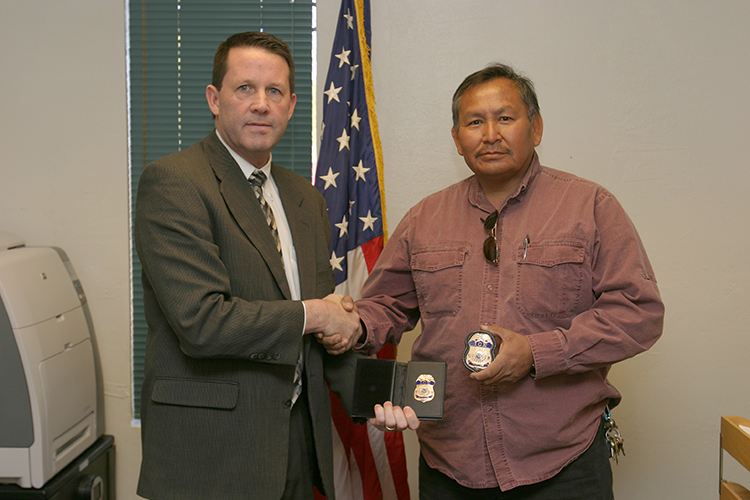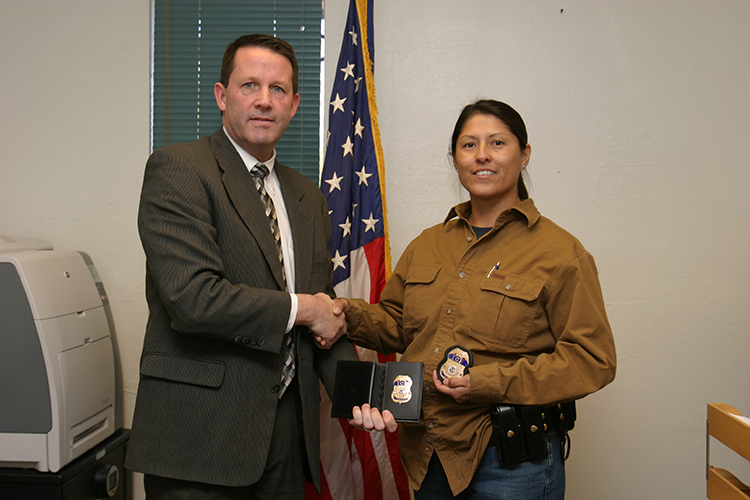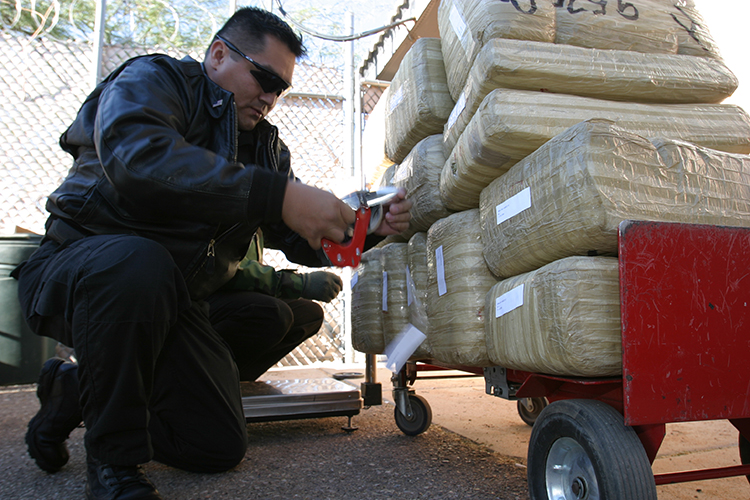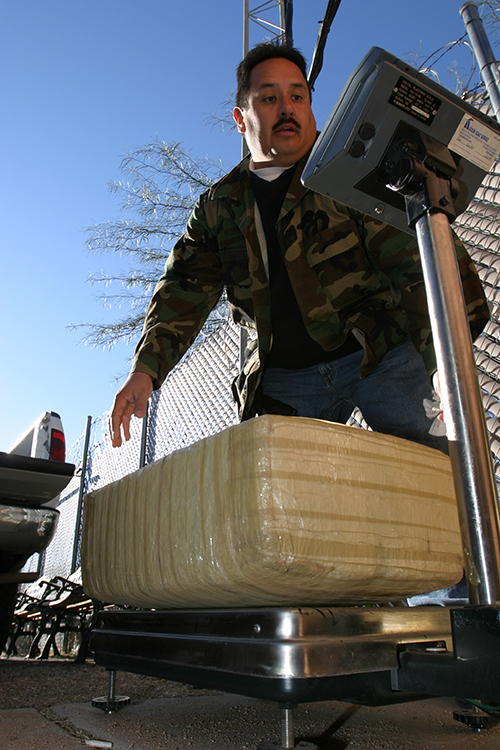TOP STORY: Shadow Wolves mark 40 year anniversary of tracking human smugglers and contraband in the Southwest Desert
WASHINGTON — Being in the desert for 40 years is not just a biblical narrative; it's also the story of the Shadow Wolves. For 40 years, this elite special unit of tactical officers from U.S. Immigration and Customs Enforcement's (ICE) Homeland Security Investigations (HSI) has been scouring about 5,000 square miles of vast southwestern desert tribal land, 75 miles of which are located on the U.S-Mexico border, known as the Tohono O'odham Nation. About 28,000 Native Americans call this region their home.
This area is a major corridor for contraband coming in from Mexico, where it then moves north.
HSI Sells, in Arizona, is the only HSI office in the United States based in Indian country. The Wolves, or tactical officers, work with criminal investigators toward the common goal of dismantling narcotics and human smuggling organizations that operate on the tribal land.
On April 14, 1974, the first seven Shadow Wolf recruits took their oath of office under ICE's legacy agency, U.S Customs Service. Today, HSI Sells has nine Shadow Wolves within its ranks.
Rather than relying solely on high-tech gadgetry-night vision goggles or motion sensors buried in the ground-members of this unit "cut for sign." The "sign" is physical evidence-footprints, a dangling thread, a broken twig, a discarded piece of clothing or tire tracks-while "cutting" is analyzing the sign once it's found.
As their name implies, the Shadow Wolves hunt like a wolf pack. If one wolf finds prey, it will call in the rest of the pack, meaning the Shadow Wolves converge in an area where evidence of criminal activity is found.
In one HSI investigation, the Shadow Wolves seized nearly two tons of marijuana after tracking the tire tracks of two vehicles.
Shadow Wolf Supervisory Tactical Officer Kevin Carlos, who has been a Shadow Wolf since 1997, said that smugglers and traffickers of illegal contraband use the remoteness of the area to their advantage.
"As law enforcement tactics change, so do the smuggling tactics," said Carlos.
For instance, criminal organizations now use an elaborate network of spotters. Spotters, situated on mountain tops, keep their eyes peeled for law enforcement activity. Using cell phones or encrypted radios, the spotters give the all-clear or warn their cohorts not to advance, depending on whether or not law enforcement activity is spotted below.
While today's Shadow Wolves stick to the same sleuthing techniques as their forebears, they are not averse to using modern methods or equipment. Instead of a horse, the Shadow Wolf rides an all-terrain vehicle. Each Wolf is equipped with a GPS device and a state-of-the-art radio for communication. Their weaponry has also been updated.
As world renowned trackers, the Shadow Wolves travel all over the globe at the request of foreign nations. They've been to Latvia, Lithuania, Estonia, Bosnia-Herzegovina, Croatia, Poland and Romania, among other countries. They share their knowledge of ancient tracking skills with customs officials, border guards and national police of foreign governments interested in protecting their own borders. In Sept. 2013, the Shadow Wolves provided training to Ukraine and Moldovan border guards.
"In a high tech world, Native American tracking is an art that can easily be lost," said Carlos. "The Shadow Wolves are actively using and preserving time-honored and proven skills at a time when the stakes are as high as they've ever been, with people trying to bring contraband and other threats into the United States."





